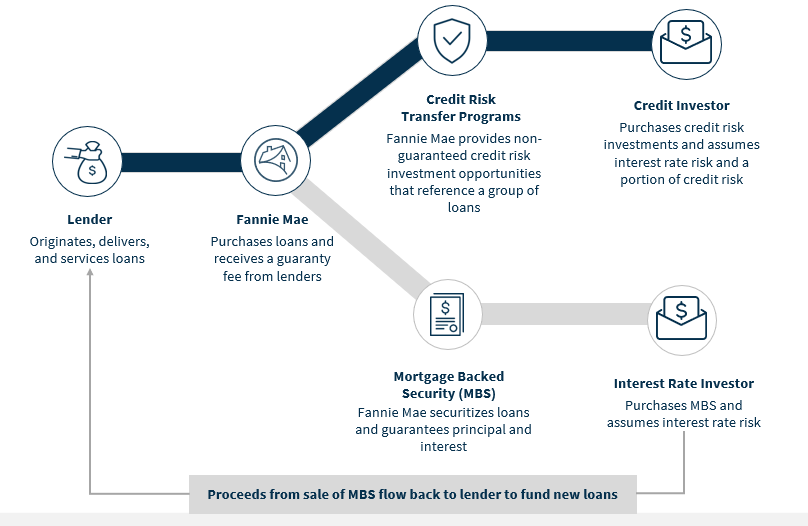Credit risk is one of the most significant challenges in the mortgage lending industry. It refers to the possibility that a borrower will fail to repay a loan in full or on time. For mortgage lenders in the United States, managing credit risk is not just about avoiding loss—it’s about ensuring long-term profitability, regulatory compliance, and financial stability.
In this blog, we’ll break down how mortgage lenders in the U.S. identify, assess, and mitigate credit risk during the lending process.
In simple terms, credit risk is the risk that a borrower will default on their mortgage payments. Since mortgages are long-term loans with large amounts, even a small percentage of defaults can significantly affect a lender’s bottom line.
Mortgage lenders evaluate credit risk using a variety of tools, data points, and criteria. Here’s how they do it:
The first line of defense is the borrower’s FICO score.
- Excellent Credit: 750 and above
- Good Credit: 700–749
- Fair Credit: 650–699
- Poor Credit: Below 650
Borrowers with lower scores are considered high-risk and may either be denied or charged higher interest rates.
This ratio compares a borrower’s monthly debt payments to their gross income. Most lenders prefer a DTI ratio below 43% for conventional loans.
LTV measures the loan amount compared to the home’s appraised value. A higher LTV means less equity and more risk.
For example, a 90% LTV means the borrower is putting only 10% down, making it riskier for lenders.
Stable income and job history (typically 2+ years) reduce credit risk. Self-employed individuals may need to show tax returns, bank statements, and business records.
Lenders don’t just assess risk—they actively manage and reduce it using smart practices and tools.
Higher-risk borrowers often receive higher interest rates to compensate for the potential of default. This is known as risk-based pricing.
When a borrower puts down less than 20%, lenders often require PMI to protect against default. PMI helps reduce lender exposure to credit risk.
Systems like Fannie Mae’s Desktop Underwriter and Freddie Mac’s Loan Product Advisor use data and algorithms to analyze borrower risk objectively and consistently.
Lenders may sell mortgages to investors (via Mortgage-Backed Securities) or use CRTs to shift risk to third parties, such as insurers or institutional investors.
Lenders require supporting documents such as:
- Tax returns
- Bank statements
- Pay stubs
- Asset verifications
This helps reduce the chance of fraud and supports accurate credit evaluation.
U.S. lenders must also follow regulatory guidelines that indirectly help manage credit risk:
- Ability-to-Repay Rule (ATR): Requires lenders to verify that borrowers can repay the loan
- Qualified Mortgage (QM) Rule: Establishes safe loan features like limits on fees and risky terms
- Fair Credit Reporting Act (FCRA): Ensures credit reporting accuracy
Today’s mortgage lenders use AI and predictive analytics to evaluate borrower behavior, spot red flags early, and reduce manual underwriting errors. This makes credit risk management faster, smarter, and more reliable.
Credit risk is the core concern of any mortgage lender, but with the right tools, data, and policies, it can be managed effectively. Whether you’re a lender, borrower, or industry professional, understanding how credit risk is handled can help you make more informed decisions.

